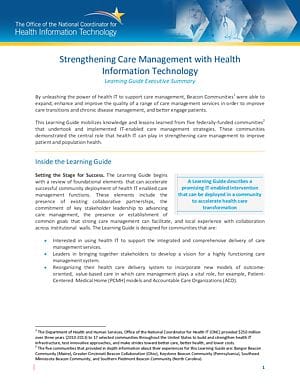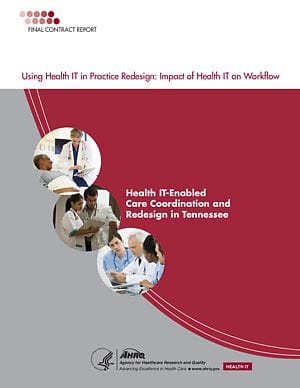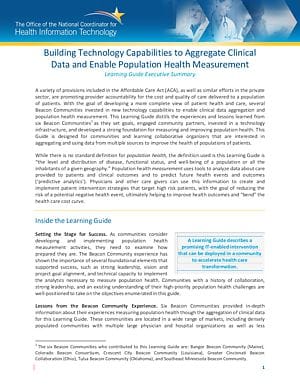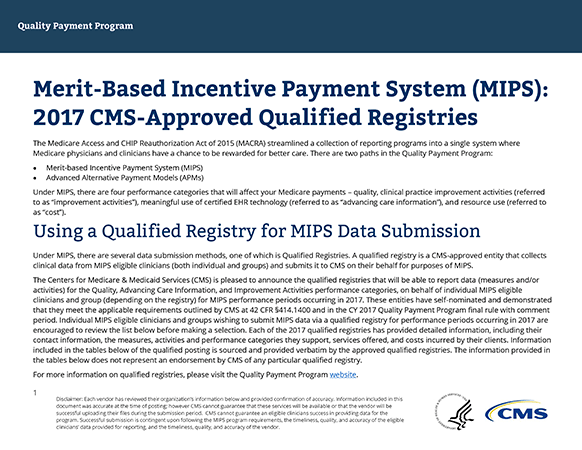In this section
Learn how to:
- Leverage health IT to strengthen care management
- Use population health management tools
- Use health IT for public health data reporting
- Improve patient care using a patient registry
Public health focuses on protecting and improving health at a population level rather than one person at a time.
The Affordable Care Act (ACA) — which rewards value and care coordination instead of volume and care duplication — requires clinicians to manage this type of patient care at a practice level. This is called practice-based population health.
If you want to improve a population's health, you must be able to measure it. Programs such as the Centers for Medicare & Medicaid Services' (CMS) Quality Payment Program (QPP) identify national focus areas and require the use of electronic clinical quality measures (eCQMs).
Public health agencies also require electronic reporting, because it improves the timeliness and accuracy of the data they needed to identify disease outbreaks and to track disease trends over time.




